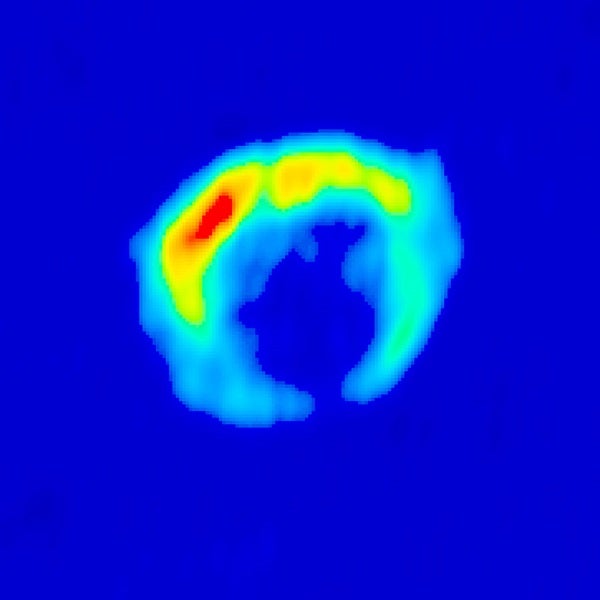An international team of astronomers has found the youngest known supernova remnant in the Milky Way Galaxy. Using observations made with the Very Large Array (VLA) radio telescope in the United States and the orbiting Chandra X-ray observatory, the scientists report that the remnant, G1.9+0.3, is just 150 years old. University of Cambridge scientist Dave Green and his colleagues discuss the discovery in a paper to be published in Monthly Notices, the journal of the Royal Astronomical Society in the United Kingdom.
A supernova remnant (SNR) is material ejected by a supernova, the explosion at the end of the life of a star much more massive than the Sun. Our galaxy, the Milky Way, contains about 250 known SNRs. Up to now, the youngest was thought to be about 340 years old.
Scientists including Green and Stephen Reynolds of North Carolina State University compared an X-ray image of G1.9+0.3 from the Chandra satellite in 2007 with a radio image from the VLA in 1985. They found that the SNR expanded considerably over the two decades,indicating it is very young. But the team was not sure whether some of the differences between the X-ray and radio images of G1.9+0.3 simply arose from comparing images made at very different frequencies from very different instruments.
To check their results, the team used the VLA to observe the SNR for a second time, so that a direct comparison could be made with the 1985 image. The new observations confirm that G1.9+0.3 is expanding at an unprecedented rate, increasing in size by 15 percent in the last 23 years. Extrapolating back in time confirms G1.9+0.3 to be 150 years old at most. This makes it easily the youngest known SNR in our galaxy, and the only one that has been seen at such an early stage of its evolution.
Another unusual property of G1.9+0.3 is that, uniquely among galactic SNRs, it appears to have been increasing in radio brightness in the last few decades.
Although the distance to G1.9+0.3 is not known precisely, it is probably near the center of our galaxy. The SNR is obscured by a large amount of gas and dust, which means that Victorian astronomers would not have been able to see the explosion when it took place in the 1850s. Today, scientists can observe X-ray and radio emission from the ongoing aftermath of the explosion, as these penetrate the obscuring material.
Green is delighted to have found such a young SNR. “The discovery that G1.9+0.3 is so young is very exciting. It fits into a large gap in the known ages of supernova remnants. And, since it is expanding so quickly, we will be able to follow its evolution over the coming years.”










